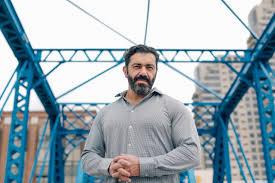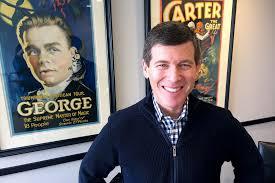5 CEOs share their best productivity tips
Curated from: fastcompany.com
Ideas, facts & insights covering these topics:
5 ideas
·4.43K reads
54
Explore the World's Best Ideas
Join today and uncover 100+ curated journeys from 50+ topics. Unlock access to our mobile app with extensive features.
Keep your high-energy times open
Sallie Krawcheck, founder and CEO of Ellevest (a goal-based investing platform for women):
"I have spent a lot of time figuring out how I work best and when I’m most productive. I organize my day around that."
165
1.48K reads
Focus on the 5%
Bedros Keuilian, founder and CEO of Fit Body Boot Camp (group fitness training brand):
"Only 5% of the things I do are tasks that actually move the money needle, and those were the critical things that I needed to focus on 100% of the time. Everything else can be delegated to team members or subcontractors who have the skill sets and abilities to perform the job. This has been a game-changer for my business as we continue to have massive growth year after year."
155
911 reads
Eliminate interruptions
Dustin Moskovitz, CEO of Asana (productivity and project management platform):
"We practice “No Meeting Wednesdays” to ensure that everyone at the company gets a large block of time to focus on heads-down work without having to fit it in between meetings. This may be our most valuable cultural practice, and I encourage every company to consider adopting it. Additionally, we reflect frequently on whether our group activities are getting enough ROI to justify the interrupt and time expenditure. "154
828 reads
Define the goal
Andrew Lansing, president and CEO of Levy Restaurants (food service and hospitality brand):
"I have found that these three steps can overcome any productivity hurdle: First, the entire team should identify what the true goal is for a project, and make sure everyone involved is focused on that goal. Second, we determine if there is a true finite ending, even if we can’t yet see what it is. Finally, we identify the various challenges standing in the way of achieving that ending and force ourselves to ignore anything that doesn’t help us overcome those challenges."
147
545 reads
Get ideas out of your head
Carl Dorvil, founder and CEO of GEX Managementn (professional employer organization):
Writing out what we’re discussing creates a linear map we can follow. Once the thoughts inside me get to the outside, she then helps me identify who on our team can pull weight and in what direction. It’s helped me see that I’m not alone and that we have resources other than myself to execute tasks.
132
667 reads
IDEAS CURATED BY
Kevin W.'s ideas are part of this journey:
Learn more about timemanagement with this collection
How to beat procrastination
How to enhance your creative thinking
How to create a smooth transition in a new endeavor
Related collections
Similar ideas
6 ideas
2 ideas
Read & Learn
20x Faster
without
deepstash
with
deepstash
with
deepstash
Personalized microlearning
—
100+ Learning Journeys
—
Access to 200,000+ ideas
—
Access to the mobile app
—
Unlimited idea saving
—
—
Unlimited history
—
—
Unlimited listening to ideas
—
—
Downloading & offline access
—
—
Supercharge your mind with one idea per day
Enter your email and spend 1 minute every day to learn something new.
I agree to receive email updates





